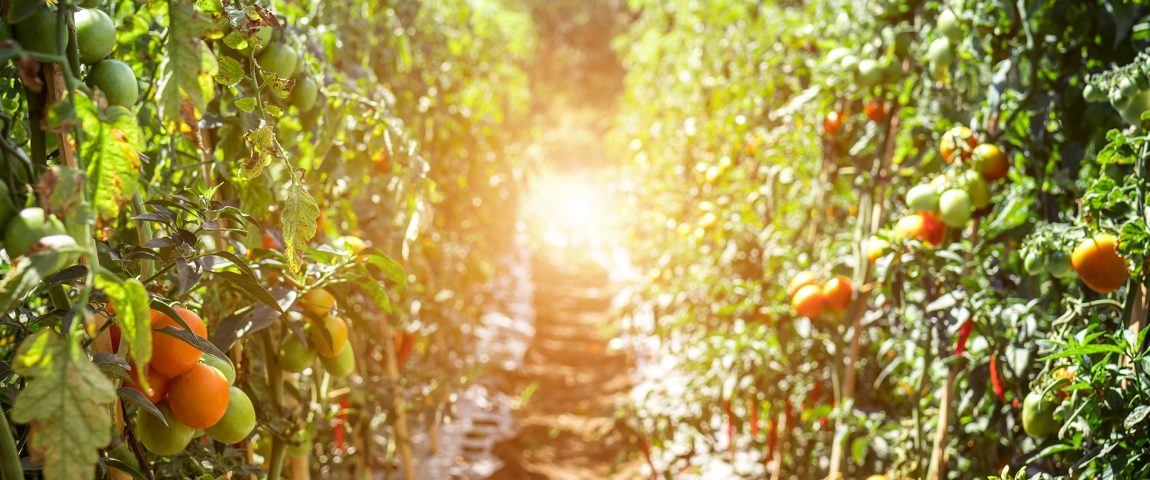
View results from extensive third-party testing
“Biochar Now has commissioned extensive third party tests for its biochar. Due to its cation exchange capacity, the biochar removal results are often exceptional.”
METALS
Biochar Now has commissioned extensive third party test for its biochar. Below is a table of several metals including some that are highly toxic. Due to its cation exchange capacity, the biochar removal results are often exceptional.
Interestingly, once toxic substances are attracted and bonded to the biochar walls, they are considered to be encapsulated and will not leave on their own. Even plant roots will not take up the bound toxins.
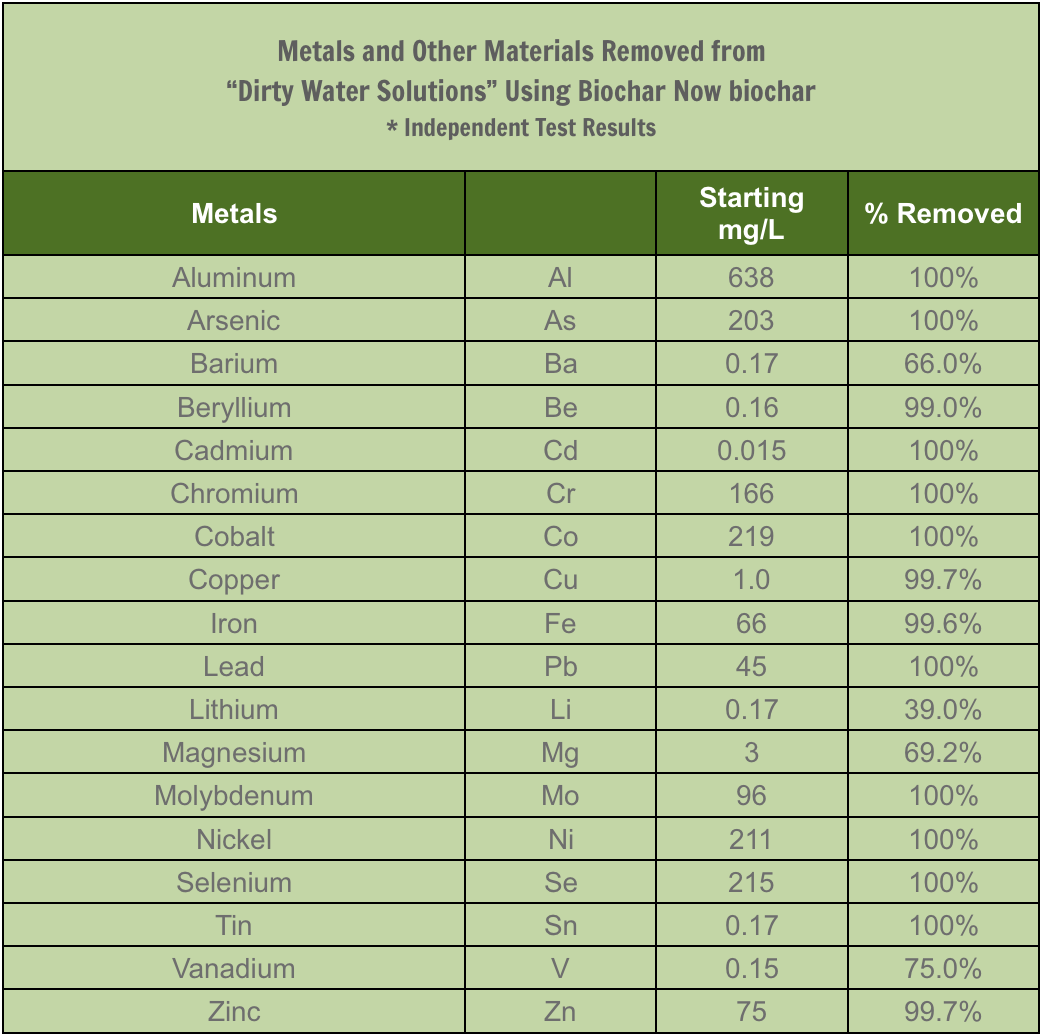
Table 1 – metal removal from water by Biochar Now biochar
NUTRIENTS
Nutrients are an important adsorptive category for Biochar Now biochar. At times, the data is important for nutrient availability (eg for plants) and other times it’s important for nutrient removal (eg field runoffs and waterways). In both cases Biochar Now biochar is an excellent performer. As a side note, it is helpful to know that our patented porous bags with nutrient-laden Biochar Now biochar can be recovered and used in gardens and ag fields for improved plant growth.
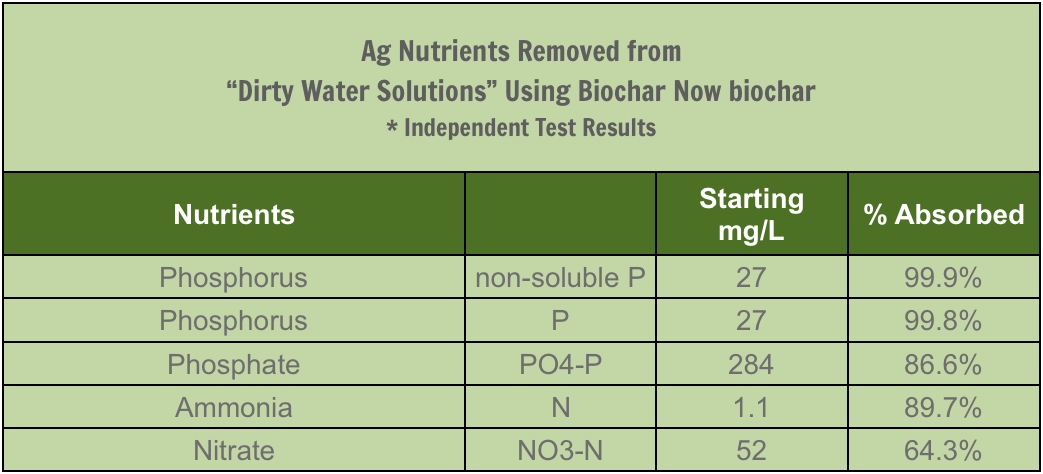
Table 2 – nutrient removal from water by Biochar Now biochar
SOLIDS
When Biochar Now biochar is loaded in porous bags and placed in a nutrient polluted lake, pond or river, the natural currents will flow the water through the bag and biochar. Solids will be physically filtered due to the jagged exterior of biochar. (See figure 3). The physical removal of suspended particles (turbidity) and clay (solids) by biochar is very effective. (See Table 3 below).
Interestingly, once toxic substances are attracted and bonded to the biochar walls, they are considered to be encapsulated and will not leave on their own. Even plant roots will not take up the bound toxins.
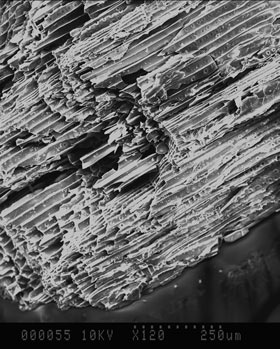
Figure 3-BN Biochar Magnified 120x
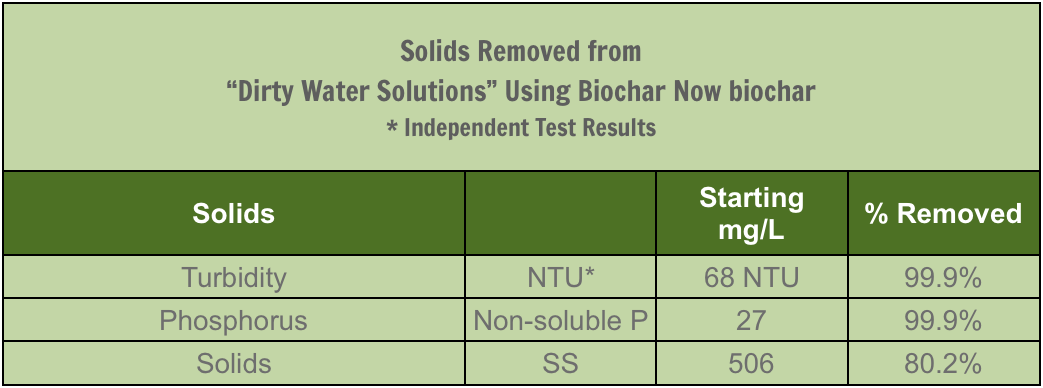
Table 3 – solids physically removed from water by Biochar Now biochar
WATER SEQUESTRATION
Water holding is a very important property of Biochar Now biochar because of drought conditions exacerbated by climate change. The Biochar Now biochar holds 5.6 times its weight in water and the water is always root-available. Evaporation is negligible due to the long, narrow pores with very small openings at the ends as seen in Figure 3 above.

